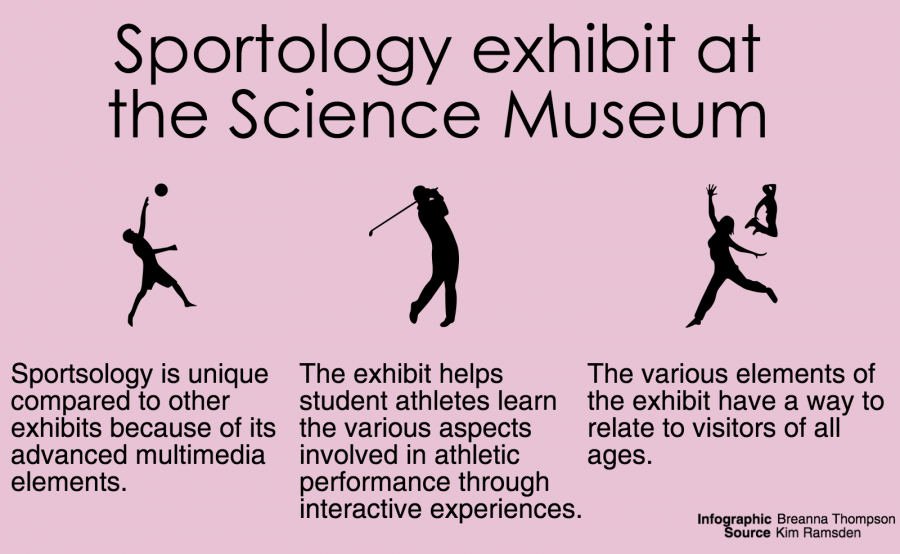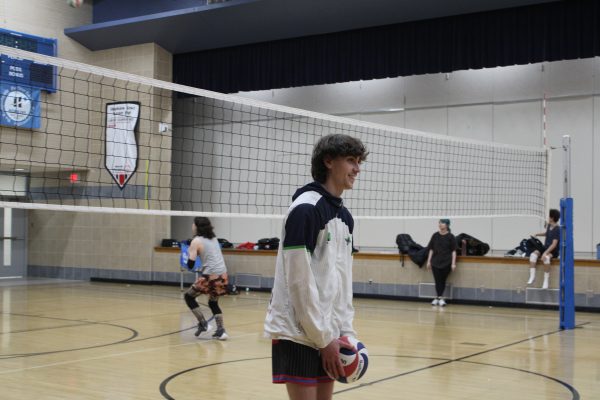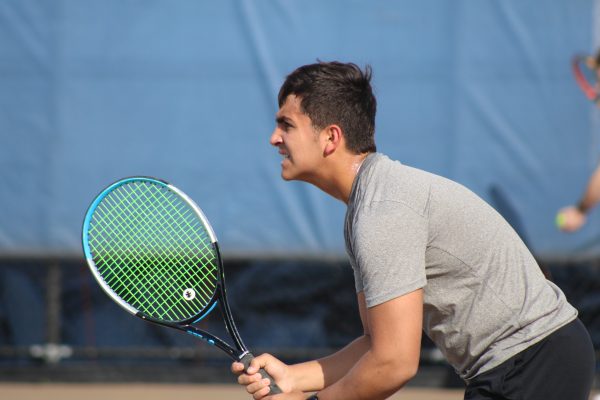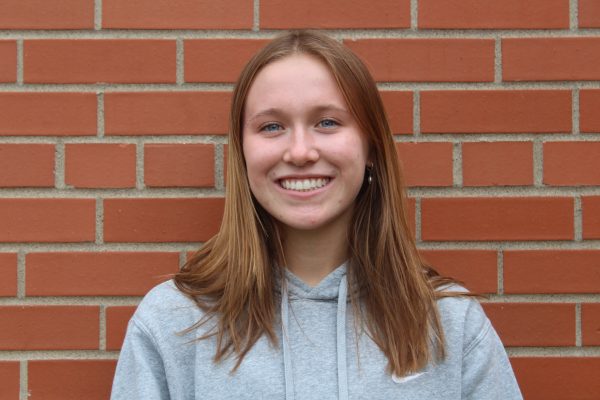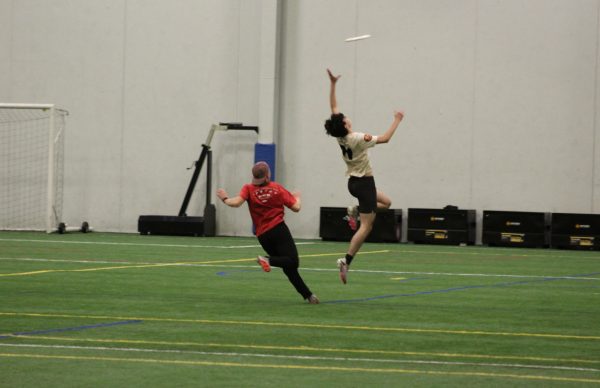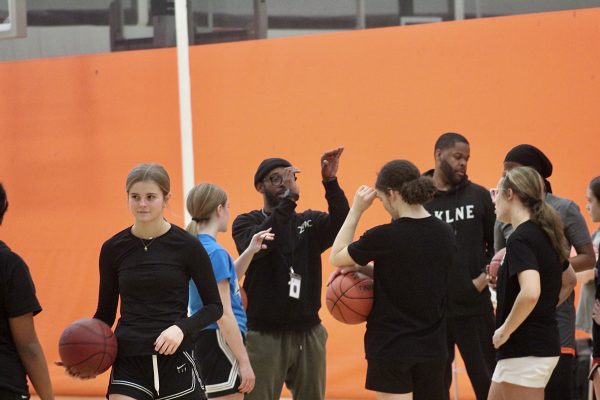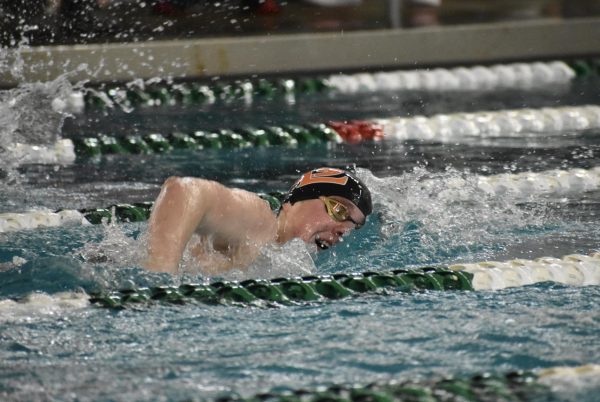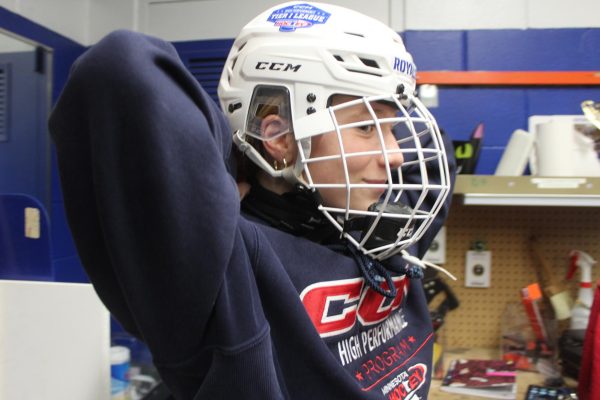Minnesota Science Museum presents ‘Sportsology’
Exhibit provides interactive learning experience
Junior Kim Lindgren enjoyed her time at “Sportsology” as she compared a video of her volleyball serve to Minnesota Gopher Paige Tapp’s serve in the exhibit’s Motion Lab.
Kim Ramsden, spokesperson for the Minnesota Science Museum, said the exhibit opened in January and will remain at the Science Museum for several years.
“We like to say it explores the intersection of science, health and fitness, and we are celebrating the science of the body in motion,” Ramsden said.
Ramsden said the Science Museum built a similar exhibit for a client in Dallas, Texas in 2012, and its success inspired the museum to install “Sportsology” in Minnesota.
“When we were looking to refresh our third floor area, we said ‘well, we have to bring the sports hall exhibit to Minnesota because we can see how much fun it is. Minnesotans are active and would love it,’” Ramsden said. “It was something we had created. It was really popular in Dallas, and we said we need to bring that here to Minnesota for our refresh.”
Lindgren said the exhibit appealed to her because it relates to her personal passions.
“I’m really interested in sports medicine and just sports in general, and I just find it really fascinating how the body moves when playing sports,” Lindgren said.
Ramsden said “Sportsology” differs from other Science Museum exhibits because of its advanced multimedia elements.
“(The race component) is on a green screen, and it has video loops of athletes from around the Twin Cities,” Ramsden said. “We are also able to use new video technologies to be able to capture yourself in slow motion in video and then replay it on the screen instantly.”
Junior Peyton Morrison said he attended “Sportsology” and recommends the exhibit to other students because it provides an opportunity for activity, regardless of weather conditions.
“It’s a great way to be active, especially in the winter when you necessarily don’t want to be outside,” Morrison said.
Ramsden said the exhibit helps student athletes learn the various aspects of athletic performance through interactive experiences.
“To make a great athlete there’s so many things that go into performance,” Ramsden said. “Learning (these science topics) on their own may seem dry. Being able to see them in action, so testing your reaction time, measuring your balance, seeing your vertical leap, these are all science topics that are related to improving athlete performance. We do it in a fun and engaging way.”
Freshman Ayleen Lopez said she believes “Sportsology” benefits nonathletes because the exhibit appeals to different learning styles.
“(Nonathletes) could learn how to do stuff that they wouldn’t know how to do. Some people learn better when it’s about science and more logical reasons, but some people learn how athletes learn, like how to have fun,” Lopez said. “I think it would be easier for people who learn (logically) and it would make it fun for them too.”
Lindgren said as an athlete, she found the exhibit particularly interesting and impactful for her sports.
“I tested my vertical reaction time and my form, which are all really important things in volleyball,” Lindgren said.
Ramsden said the various elements of the exhibit have a way to relate to visitors of all ages.
“I’ve been in this exhibit quite a bit, and I have seen toddlers that are two years old running. We have an area where you can throw a ball into a hoop for hand eye coordination. I’ve seen little little kids have such fun practicing these moves, and also as adults,” Ramsden said. “So when we say it’s accessible, it truly is for any age.”
The exhibit is included in regular admission. Visit the Science Museum’s website to find information on hours and admissions.
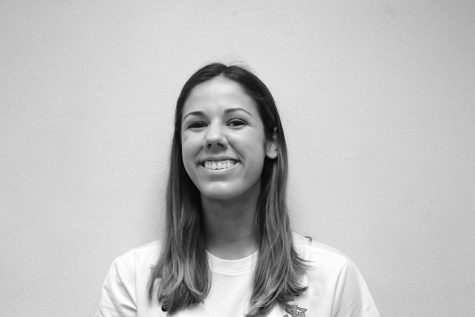
Hey everyone! My name is Jayne, but most people call me Janye West. According to Ethan Brown, I am a carbon copy of Monica from the show “Friends.”...



